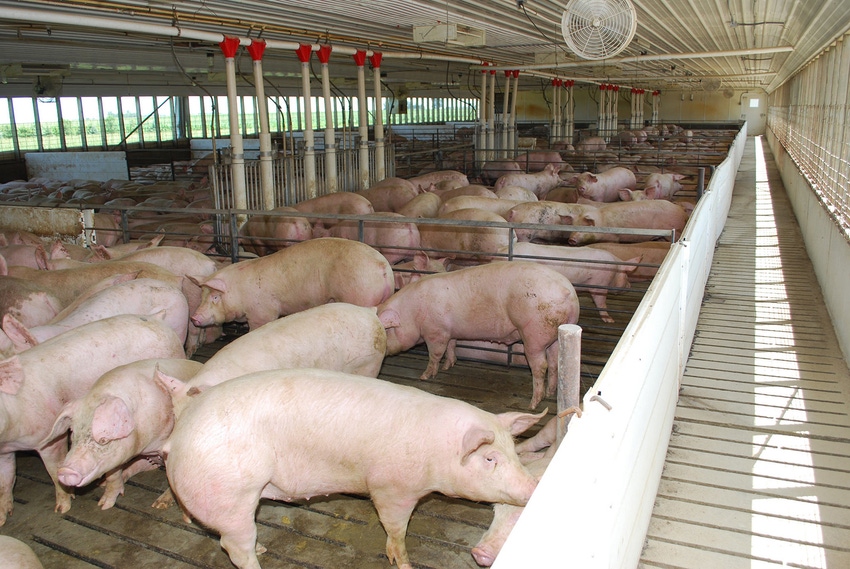African swine fever getting the attention that it deserves.
June 26, 2019

By Jay Miller, DVM, The Maschhoffs Director of Health and Animal Care
As the threat of African swine fever looms for the U.S. pork industry, our domestic disease concerns appear relatively insignificant in comparison.
That said, porcine reproductive and respiratory syndrome remains top of mind for most U.S. swine veterinarians. Traditionally, PRRS season was in full swing by the holiday season, and remained a threat throughout the winter months. The past couple of years have been fairly low in terms of PRRS pressure in the winter.
Instead, we have seen PRRS breaks come during the summer months. This would indicate the industry has improved its capability to effectively combat PRRS through increased biosecurity during the winter. But, the increased prevalence during the summer is definitely worth paying attention to.
While there have been reports of streptococcus (strep) here and there across the United States, we have been relatively unaffected by this bacterial infection. As the summer temperatures pick up across the Midwest, influenza risk continues to decrease. However, we’ll be prepared to tackle this challenge when the fall brings cooler temperatures.
Recently, one of our challenges has focused on managing rotavirus. While there are vaccination products on the market, the best treatment for rotavirus is prevention through proper gilt acclimation. This disease typically does not present until the piglets are weaned and placed on a corn-soybean diet. Mixing flows in the finishing system creates additional challenges as different strains of rotavirus are shared in the early nursery stage. By providing excellent pig care at the nursery, the mortality impact from rotavirus is minimal. However, it does cause a drag on finishing performance.
African swine fever update
As with most swine veterinarians, my biggest concern today is the threat of ASF entering the U.S. production system.
The United States has made significant strides on both the prevention and mitigation of ASF, should it enter the country. Most recently, the United States is moving forward with a process to protect our export markets by establishing trade agreements between countries that recognize disease-free zones. If we can implement a process for disease-free zones, the goal is to allow trade to continue between these domestic zones and export disease-free zones. This speaks highly to the confidence in the U.S. pork producers’ capability to effectively quarantine and mitigate the movement of ASF should it become a reality in the United States.
I would encourage all U.S. pork producers to ensure they are plugged into the ASF contingency planning discussion. The National Pork Producers Council and National Pork Board have put a lot of work into preparing the U.S. industry for ASF. This is certainly one of the scariest foreign animal disease threats I have seen in my career as a veterinarian.
Source: Jay Miller, who is solely responsible for the information provided, and wholly owns the information. Informa Business Media and all its subsidiaries are not responsible for any of the content contained in this information asset.
You May Also Like


